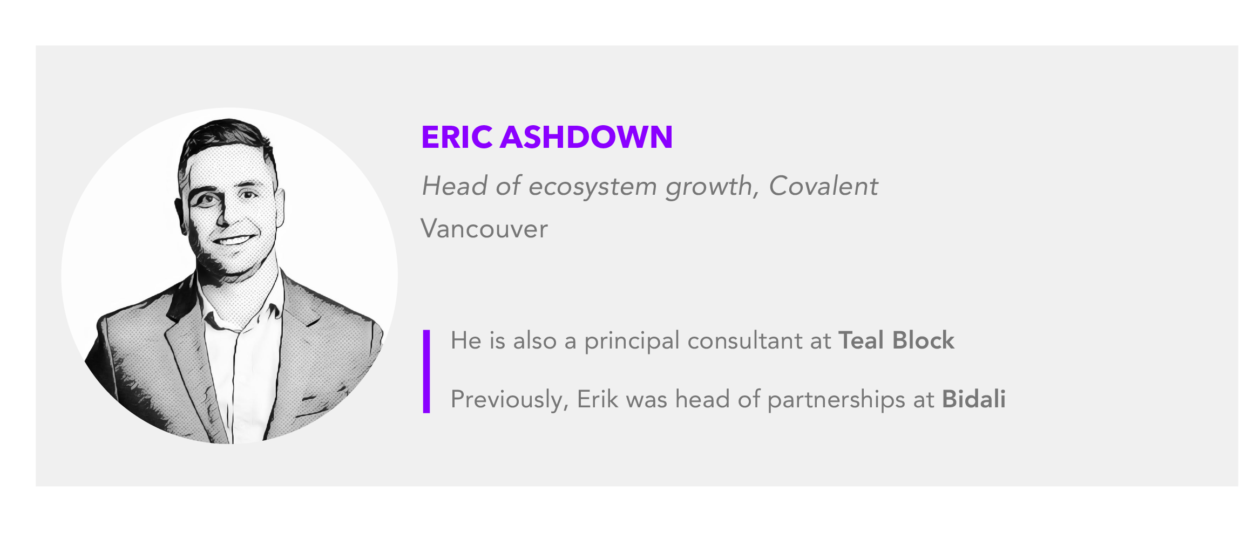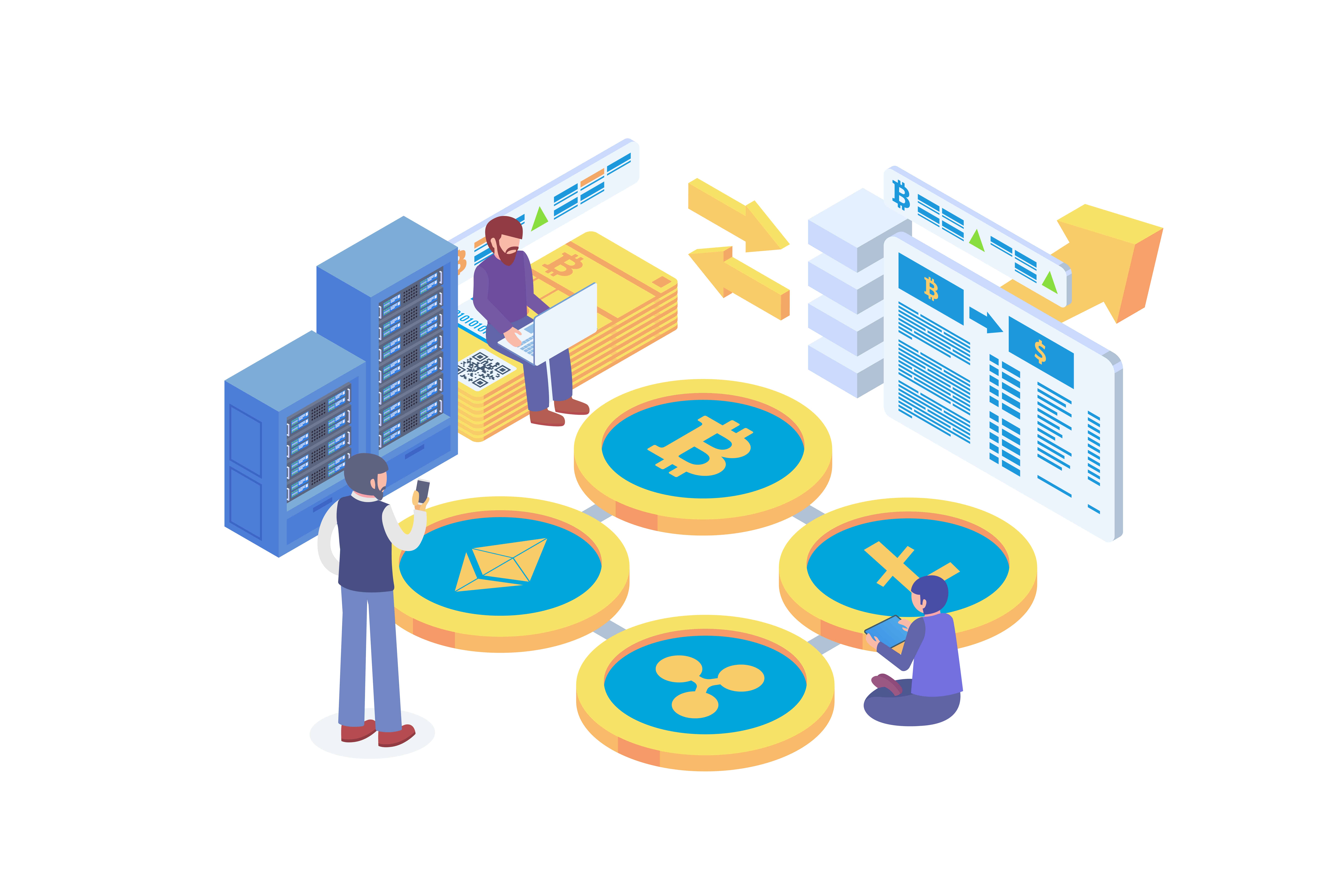Bridges: ‘It’s not about the journey, it’s the destination’
What comes to mind when you think of a bridge? The Open Dictionary describes a bridge as “a structure carrying a road, path, railway, etc. across a river, road, or other obstacle.”
The above description is apt when we speak about a bridge in the context of blockchain technology. Bridges are essentially a form of transportation and this is no different when speaking about how bridges work within the blockchain ecosystem. Simply put, a blockchain bridge is a form of transportation with blockchains — think of blockchains as countries with their own regulation — as the final destination. Let me elaborate further using an airplane analogy.

Airlines all have varied prices and rules, such as baggage limits, that are dependent on whatever country the plane is traveling to. Similarly, blockchains are independent countries with their own rules and currency, in this case, using tokens as currency.
In the same way someone might choose easyJet over the pricier Virgin Atlantic, token holders might choose to use different bridges to avoid extremely high gas fees on blockchains such as Ethereum, as seen here. It makes sense. Keeping with the airplane analogy, when a traveler moves from country to country, or blockchain to blockchain, you want all your belongings (in this case, assets) to come with you — for a minimal fee, of course.
Not everyone is on board (pun intended)
Despite the utility that bridging technology brings to the blockchain ecosystem, the idea of facilitating a truly cross-chain network of blockchains that gives people more flexibility to move assets around the same way people travel across the world isn’t without its critics.
Ethereum co-founder Vitalik Buterin recently wrote an interesting tweet about the future of multi-chain, where cross-chain wouldn’t exist. In the tweet — which summarizes arguments that he made on Reddit — Buterin describes current issues with bridging technology that he believes will lead to their ultimate demise.
While Buterin concedes that the future of blockchain is indeed going to be multi-chain, the idea that users will be able to move their assets across different blockchains, the way people travel to other countries for holiday, is fraught with complexities that make it impossible. For Buterin, bridging technology still contains too many security issues, not to mention the sovereignty of blockchains, which are built separately from one another and naturally come with a different set of protocols and stipulations.
While bridging technology is still evolving, they are a lot further ahead than Buterin gives them credit for. In his original post, Buterin makes quite an interesting point whereby he likens using bridging in blockchain to moving your personal items from country A to country B, but to do so, you have to sell everything you own. It would be like living in the 1700s and having to move everything you own cross-country in a wagon. While this is an interesting and entertaining analogy, this is not in fact how bridging technology works.
Paying the bridge toll
Where Buterin gets it wrong and right is on the issue of comparability. As we’ve already established, bridges are transportation to different blockchains that have their own rates and perks. The costs of using bridges are drastically different but take you to whatever blockchain you want to move your asset to.
With the above in mind, let’s examine where Buterin gets it right.
Using the airplane analogy again, when you use a bridge to fly your token or NFT from Ethereum to, say, Polygon, the original NFT or token that you have transported via the bridge will now be different depending on the contract specifications of the bridge that was used. At the top level it’s a small detail, but sending an NFT on a bridge and then seeing it’s no longer part of the original collection, is a huge misstep. Returning back to the original destination with your NFT will be massively difficult and you may also lose out on benefits your NFT offers as it is no longer seen as the original asset.
The other problem is that bridges need to have permission because individuals need to whitelist specific assets to ensure it crosses the bridge registered as the original asset. However, this invites human error and possible risk, where projects transport across bridges without the originating contract from the network or blockchain it is coming from.
There are also different issues with bridges that need a specific amount of liquidity, which copies the process in funding an LP pool on a decentralized exchange (DEX). The caveat is, you must be funding the multi-chain bridge / DEX, which is extremely complex and intricate. Because of this challenging aspect, many bridges also operate as a DEX.
Operating bridges, therefore, look like airport security because there is a necessity to assess each asset before allowing them to enter the new blockchain or network from the bridge. If security officers didn’t take on this responsibility, bad actors can take advantage and false multi-chain claims can occur.
Conclusion
As we’ve just examined, Buterin is not entirely wrong when he highlights the limitations of bridging technology. Like any new intervention, there are bound to be creases that will need to be ironed out as the technology develops. Blockchain has come a long way since its early inception when there was only Bitcoin. Back then, many people doubted that blockchain would be what it is or where it is today.
And this is where Buterin gets it wrong. He surmises that blockchain will be multi-chain but not cross-chain because bridging technology, in its current form, is not perfect. But when is any new technology fully realized during its early phases? Any piece of revolutionary technology, from the first car to the first iPhone, has gone through several iterations, improving leaps and bounds with each new development. The first iPhone barely had any of the myriad features the latest iPhone has today.
Ultimately, a cross-chain ecosystem is essential to a multi-chain future that blockchain developers and aficionados understand is inevitably where Web3 is heading. As bridging technology continues to be perfected, they are growing and rising at a rapid pace, so to say that the future is multi-chain but not cross-chain might be true for the Web3 space today, but not in the next few years or even months, considering how fast technology improves.
The world feels so much more expansive and accessible because people have the ability to take a plane and travel to any destination. Just like the humble aeroplane, bridges will be what makes the world of blockchains feel all the more expansive and accessible for users and developers. And that’s a future we should all look forward to.




